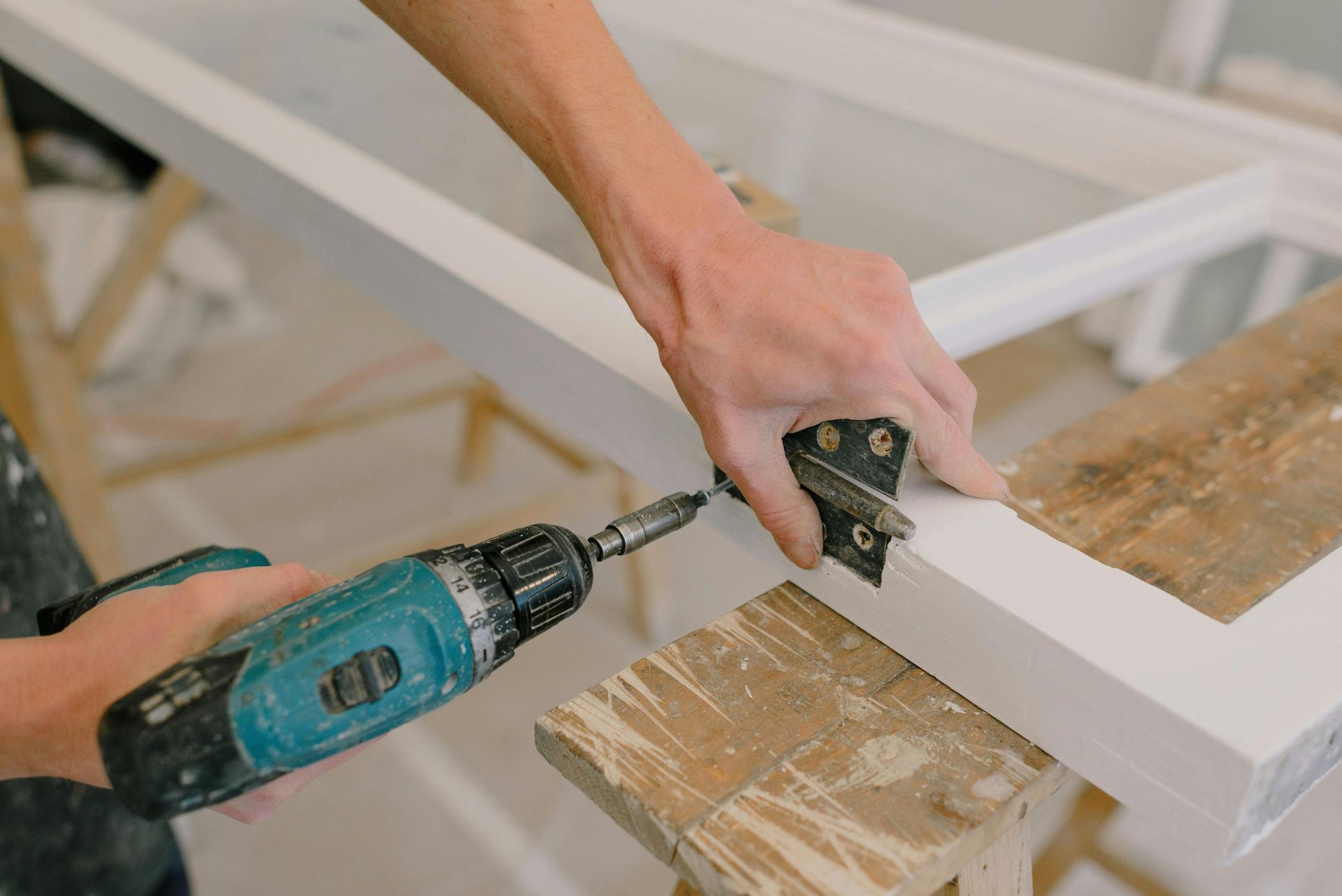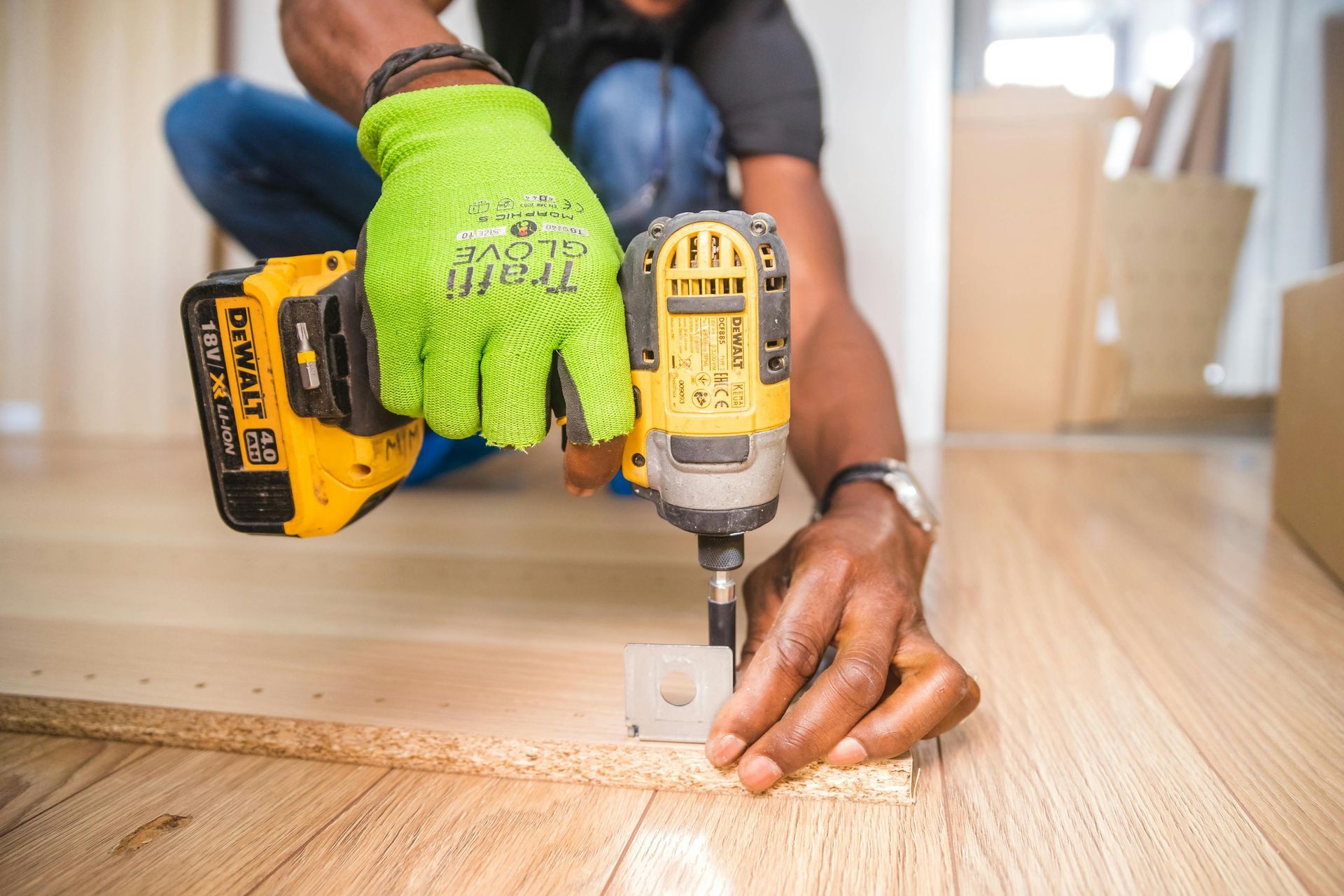3 Easy DIY Marketing Tips To Get Your Product On Store Shelves
The internet has unlimited shelf-space for all products. But sometimes you just need to get your product on physical store shelves. The connection between the online store-shelf and the physical store-shelf is one of great similarity, in that they both require your ability to build awareness and demand for your products.
Driving foot traffic to retail stores and increasing your sales are only done by creating demand and awareness of your brand. Which is ultimately what retailers ONLY care about. If you don’t have millions to spend or you want to maximize profits, it’s time to implement a DIY Marketing program.
Now, make no mistake: Marketing requires strategy, creative thinking, research, patience and relationship building. Marketing may be more art than science, but great DIY Marketing isn’t quite as rare as a viral sensation. If you give it the priority it deserves and realize that results don’t happen overnight.
Here are 3 easy DIY marketing tips to get your product on store shelves.
1. Use a permission list. Over time the customers that have purchased your product should have given you a way to keep in touch with them. Their permission. And you should have that list available to use as an asset. Your approach should be to send a direct-mail message (postcard or email) announcing the launch of your product to your customers who live near that retailer.
2. X marks the spot. Use all of your communication mediums to direct the people who gave you permission, who want more interaction so they follow you on Twitter or LIKE you on Facebook to your target retail stores. Just like a treasure map. The best way to approach this is to combine it with a can’t-say-no promotional offer, such as coupons or a free gift with purchase, etc. The goal here is to get people running to those stores and asking for your product.
3. Develop an elevator speech and enroll strategic partnerships. In order to be successful in getting your product on store shelves, you will need help. You can’t do it all yourself. You must develop an elevator speech that will explain quickly what you are about. Only then can your potential partner decide whether or not he or she can help you. Pick manufacturers who have complementary products to yours and the Public Relations power to promote any partnership initiatives you execute. For an example, you may want to consider cross-purchasing promotions, co-branded packaging or marketing programs.
These 3 DIY marketing techniques will build your brand awareness and help retailers increase their foot traffic. WIn-Win. It’s always good to be focused on the WIIFM of the retailer so you can do the things that are attention grabbing to them.
Note: If you know upfront this isn’t your area of expertise, then invest money in this area, with the goal that your sales will outpace the Marketing investment. Remember marketing done wrong and that doesn’t work is an expense.
Question: What marketing tips do you have for getting products on store shelves?




